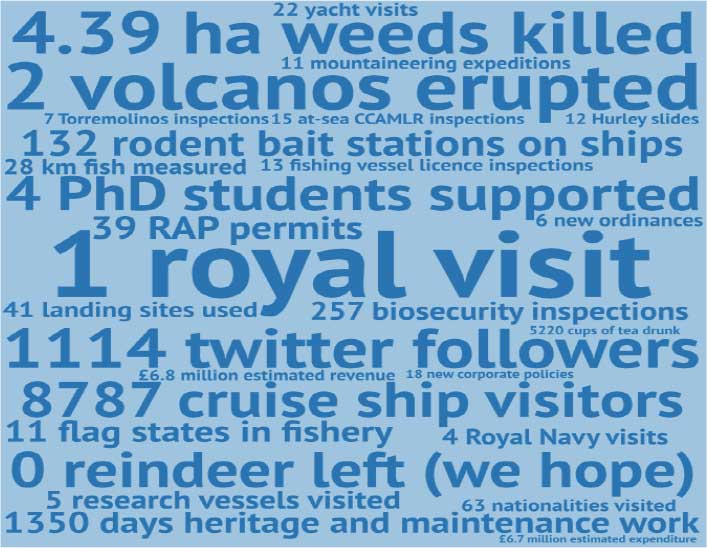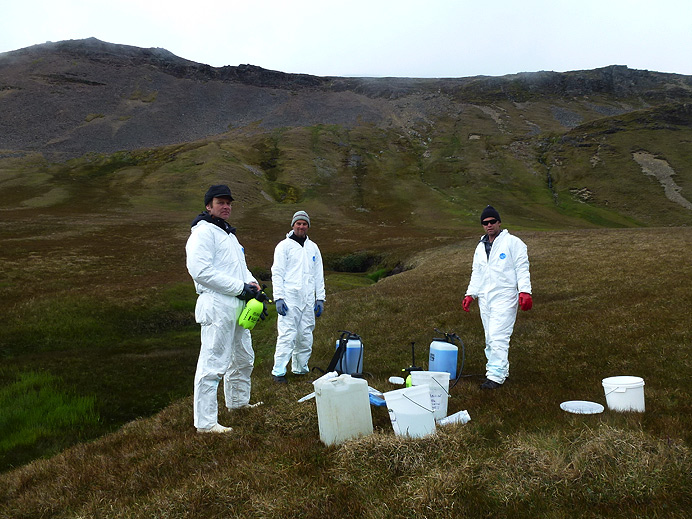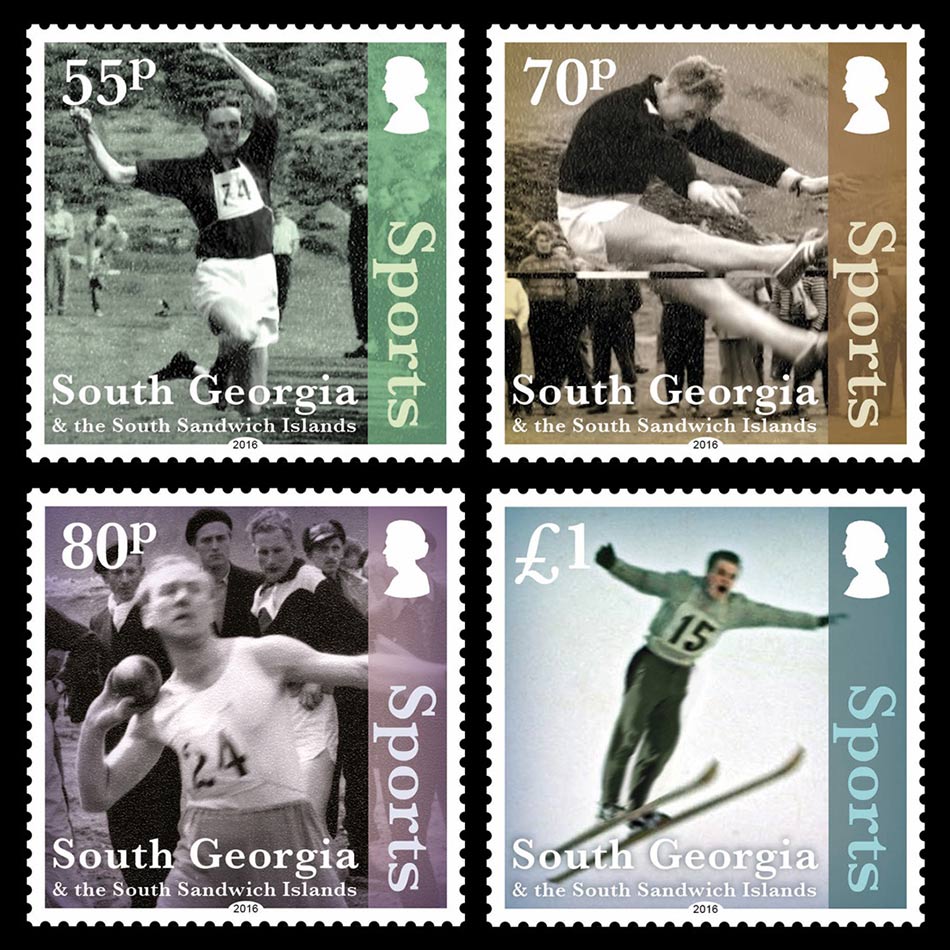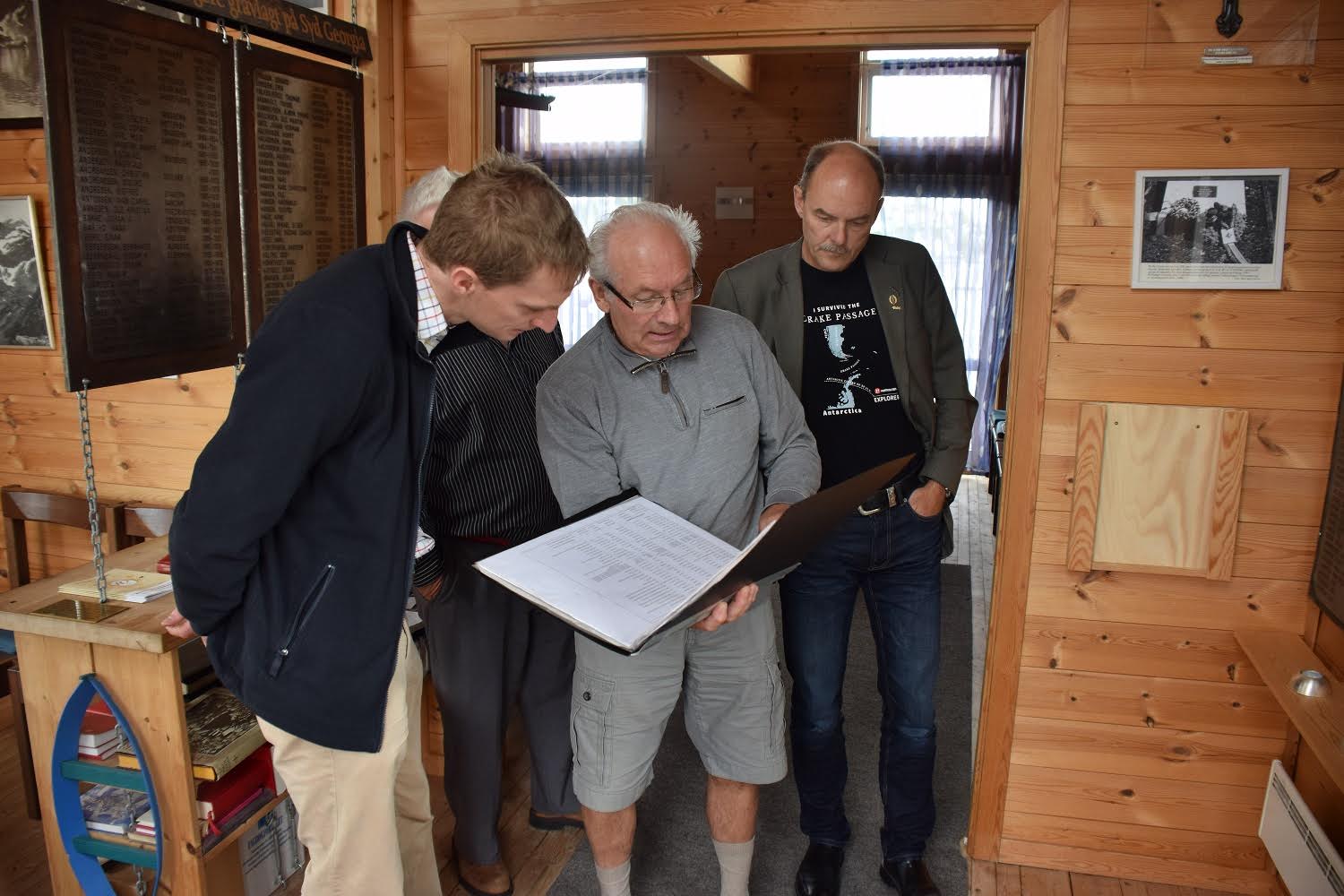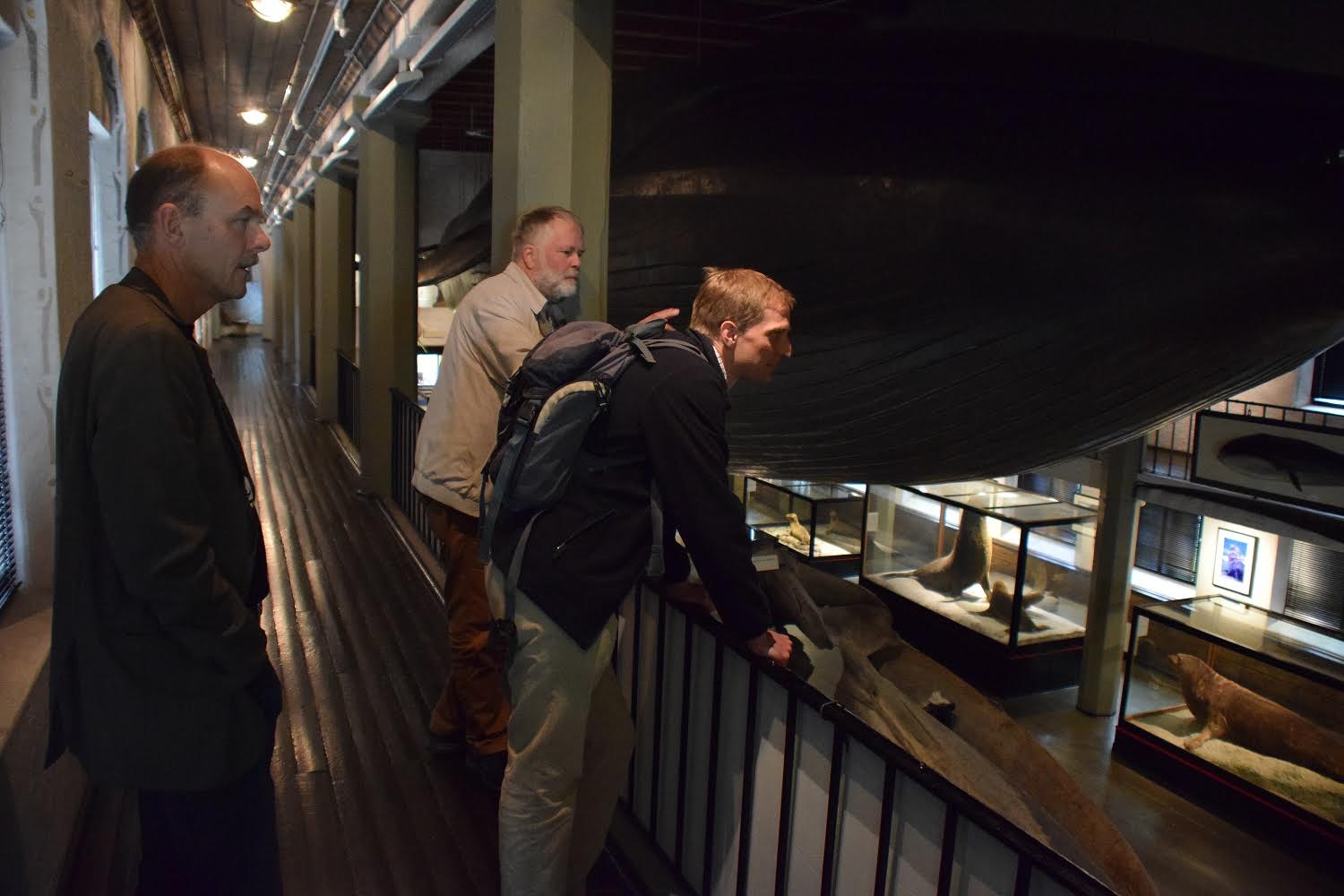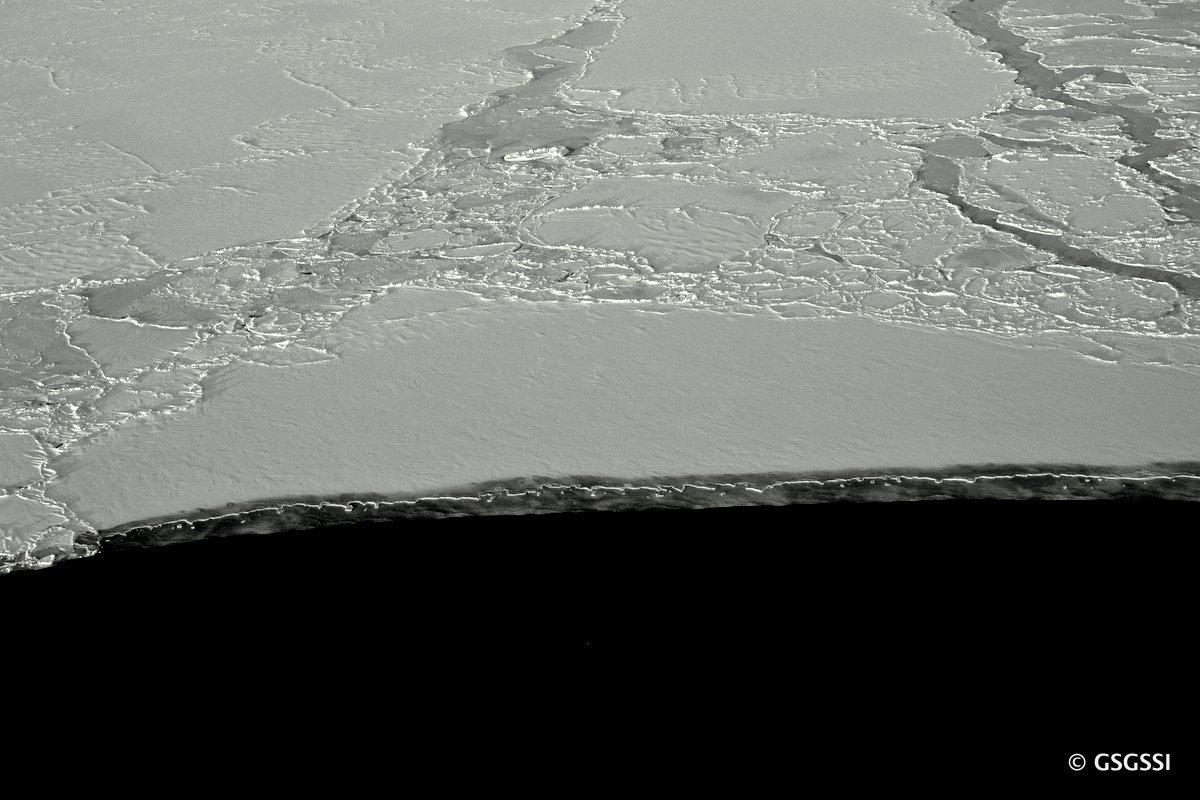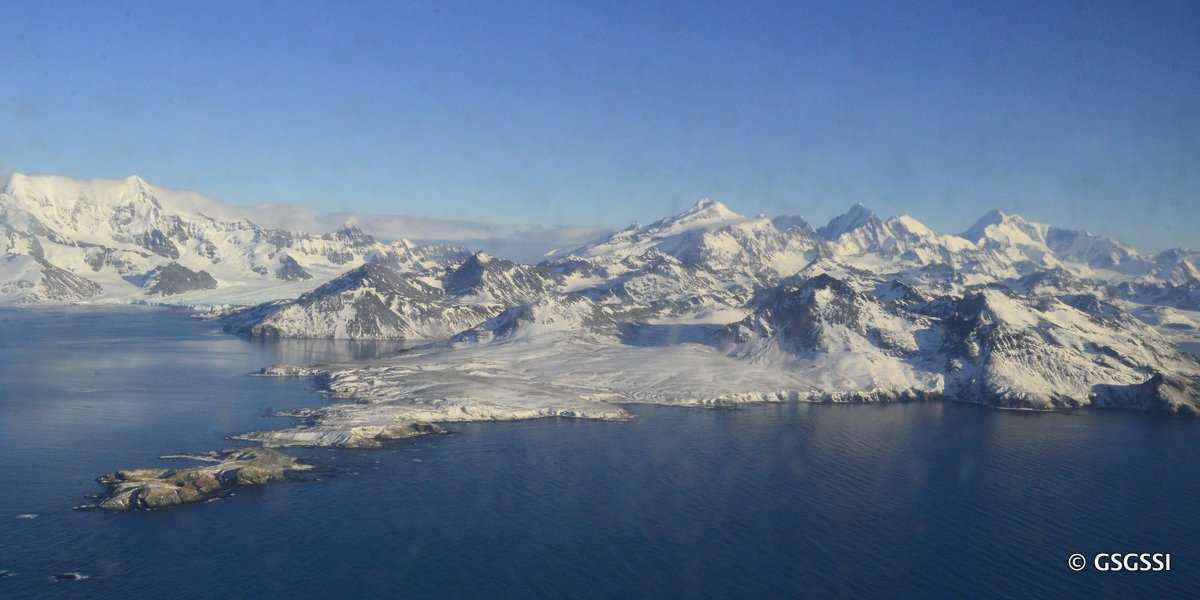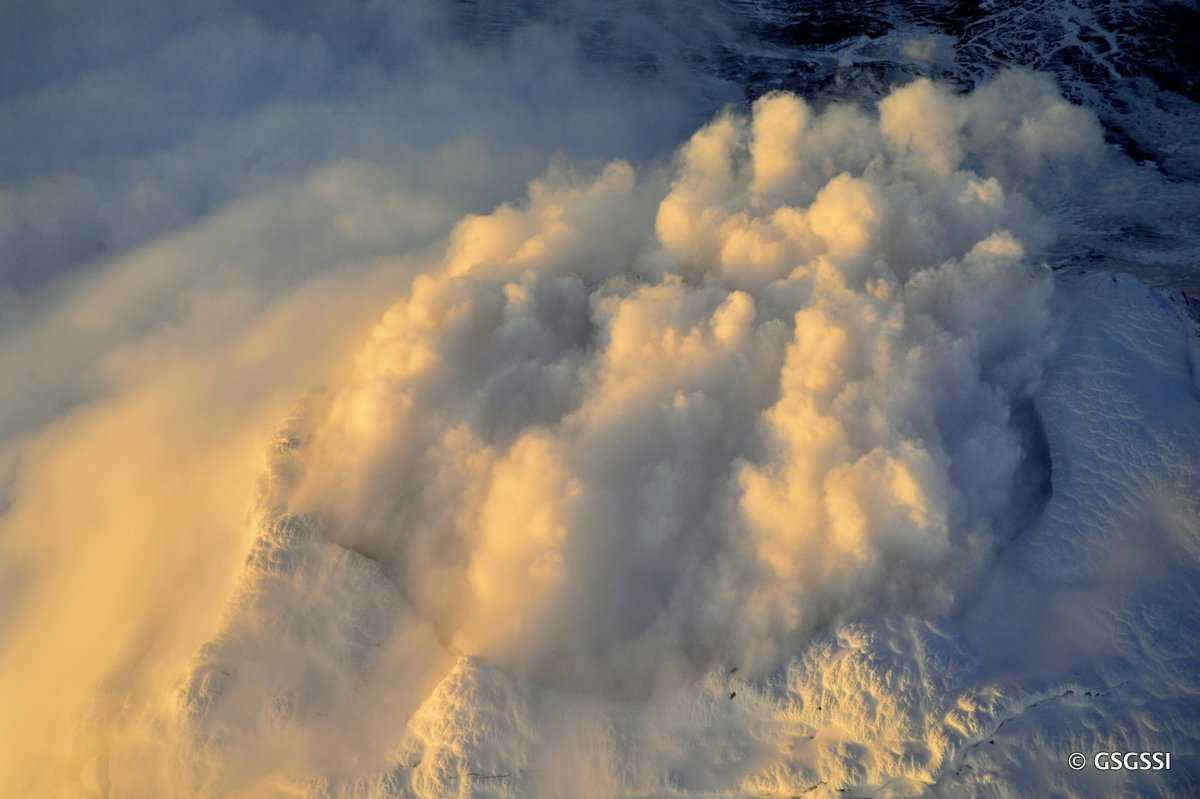This newsletter is not produced by GSGSSI; it does not necessarily reflect their views.
To subscribe to the SGIsland News Alerts list click here
The SGSSI annual stakeholders meeting was attended by around 60 stakeholders representing a wide range of interests and views. HM Commissioner, Colin Roberts CVO, and Head of Polar Regions Department, Jane Rumble, gave a welcome and overview of the activities of respective Governments. The Government of South Georgia & the South Sandwich Islands gave a presentation “Strategy 2016 – 2020: One Year On” following which there was an opportunity for discussion with stakeholders.
The meeting concluded with a presentation from Russell Gibb and Daniel McCurdy of Geometria on their recent project to laser survey the whaling stations of South Georgia. They showcased some of their work and offered ideas for future use of the survey data.”
The powerpoint file for the presentation is available to download here.
GSGSSI were delighted to announce that following a competitive tender process, Indigena Biosecurity International have been appointed to deliver the GSGSSI Non-Native Plant Management Strategy 2016-2020. This ambitious strategy was developed as part of a Darwin funded project and aims to ensure that 33 out of the islands 41 non-native plant species are eradicated or managed to zero population density by 2020. In order to achieve this the Indigena team will aim to control 10,000 m2 of non-native plants each year. A particular focus will be ensuring the continued success of management of high priority species such as Sagina procumbens and Cardamine glacialis that are being controlled on South Georgia but elsewhere are known to have serious impacts on native ecosystems.
Effective management of non-native species is a high priority for South Georgia and following the success of the recent projects to eradicate reindeer and rodents, the next target group are non-native plants which if left unchecked, could spread beyond the point of control and outcompete native flora. Managing non-native species is also key to delivering GSGSSI’s commitments under the Convention on Biological Diversity which was extended to South Georgia in 2015.
Jennifer Lee, Environment Officer for GSGSSI said “I am delighted to be working with Indigena to protect and conserve South Georgia’s unique vegetated landscapes.”
Bradley Myer, Managing Director Indigena said “South Georgia is a unique and special place. We are thrilled to have this opportunity to contribute to the protection of its indigenous ecosystems.”
You can read more about the appointment and about Indigena here. The Non-Native Plant Management Strategy 2016-2020 can be found here.
Heritage Policy
In September, GSGSSI provided an update on how the Heritage Policy, set out in Strategy 2016-2020, will be taken forward. The Government intends to develop and deliver these policy objectives in conjunction with stakeholders, with whom they will work to increase outreach and public engagement in the cultural heritage of the Territory.
A Long-Term Management Plan for Grytviken
The Government is looking to develop a 15-20 year management plan for Grytviken. This plan will need to establish an agreed programme of work, taking into account both capital and maintenance requirements and costs over the period of operation. It will need to operate in the context of our strategic objectives for Grytviken, including in respect of visitor access and outreach, recognising that Grytviken is the only one of the former major whaling stations to which visitors have access.
Read the full 2016 South Georgia Heritage Policy here.
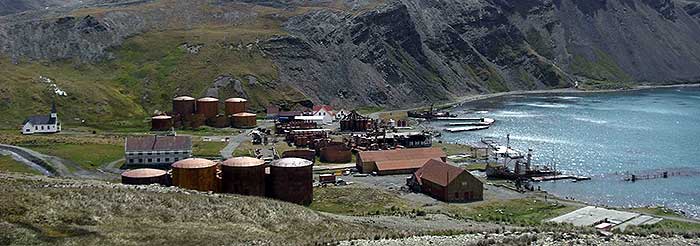
Grytviken Whaling Station
The Government of South Georgia & the South Sandwich Islands has completed its consideration of the views expressed during the consultation on new legislation on Administration of Justice and Income Tax.
The responses can be found here.
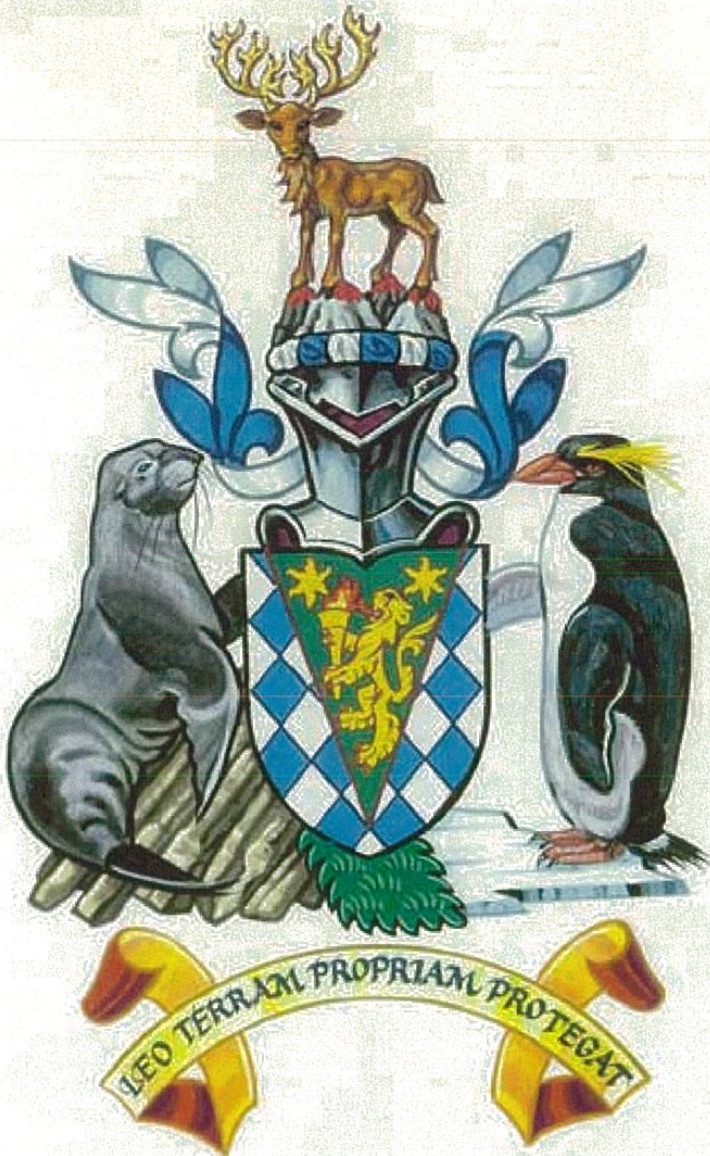 The SGSSI Financial Statements for the year ending 31st December 2015 have now been published on this website.
The SGSSI Financial Statements for the year ending 31st December 2015 have now been published on this website.
The statements show a surplus of £542k compared to a budgeted cash surplus of £215k. The primary source of revenue was the sale of fishing licences for the toothfish, icefish and krill fisheries.
The Financial Statements can be downloaded here.
At the start of August, GSGSSI issued a set of stamps that commemorate sports on South Georgia. Sporting activities date back to the whaling era when there were regular sporting fixtures including competitions between the five whaling stations. A range of both summer and winter sports were played, many events becoming annual fixtures. The sporting tradition continues through South Georgia’s civil administration and scientific presence today with the occasional football match still to be seen on the pitch behind Grytviken whaling station.
The stamps show long jump (55p), high jump (70p) and shot put (80p) at the summer sports and ski-jump (£1.00) in the winter sports whilst the First Day Cover shows football.
Further details on the Popjoy site.
(By James Jansen, GSGSSI Chief Executive)
I was delighted to have the opportunity for a brief visit to Norway in August, and in glorious late summer weather. There is much interest and many strong personal connections to South Georgia in Norway, not least among those who worked in the whaling and sealing operations until the1960s. Øyas Venner, (the Norwegian Friends of South Georgia) brings together many of these interests, with Kjell Tokstad as Chairman. With Kjell and other members of Øyas Venner I visited Sandefjord, a former centre of whaling in Norway. We held discussions on our respective activities, with a particular focus on the Territory’s culture heritage, including the recent works on buildings at Grytviken and recent restoration and replacement of crosses at Ocean Harbour. We also considered future plans for Grytviken including the works planned this season to the church and cemetery which Øyas Venner is very generously supporting. Time also permitted me to see some of the whaling heritage in Sandefjord. Among other sights I visited the Harbour Chapel which since 2004 has stood as a memorial for Norwegian whalers who died and were buried in South Georgia, the Sandefjord Whaling Museum which celebrates its centenary next year, and the magnificently restored whale catcher Southern Actor (though sadly I didn’t have time for a voyage).
During my visit I heard stories from some of those closely involved in South Georgia’s whaling past and had the chance to discuss opportunities for future collaboration. I’m grateful for the hospitality of Kjell Tokstad, Finn Aage Aasmundsen and all of those I had the pleasure to meet at Sandefjord including Anstein Kolbuholen (former cook on the whale catcher Dias) who masterminded an outstanding lunch. My itinerary then took me back to Oslo for a call with Susan Barr of the Norwegian Directorate of Cultural Heritage (Ministry of Environment) and member of GSGSSI’s Heritage Advisory Panel, where my discussions on heritage continued with, among other things, a look at some of the recent heritage work taking place in Svalbard, before culminating with a call at the British Embassy.
Seabirds threatened by by-catches, pollutants and climate change, according to BAS research

“A review of breeding distributions, population trends, threats and key priorities for conservation actions on land and at sea for the 29 species covered by the Agreement on the Conservation of Albatrosses and Petrels (ACAP) has been published in the journal Biological Conservation. It reveals increased conservation efforts are required in order to secure a sustainable future for albatross and large petrels.”
Sub-Antarctic seabed creatures shed new light on past climate
“A new marine biodiversity study in one of the largest Marine Protected Areas in the world reveals the impact of environmental change on subantarctic seabed animals and answers big questions about the extent of South Georgia’s ice sheet during the Last Glacial Maximum around 20,000 years ago.”
Nature’s ocean fertiliser
“Scientists have discovered that Antarctic krill – a tiny shrimp-like crustacean – plays a key role in fertilising the Southern Ocean with iron, which stimulates the growth of phytoplankton, the microscopic plants at the base of the marine food web. This finding is important for understanding the oceans’ capacity for carbon capture.”
Heroic rescue of 22 men after ship crushed by ice commemorated by Plymouth’s HMS Protector
“The crew of British explorer Sir Ernest Shackleton were saved from Elephant Island off the coast of Antarctica, following their ill-fated Imperial Trans-Antarctic Expedition of 1914-16. Personnel from HMS Protector, based at Devonport, have been in Chile to mark the centenary of the daring rescue, where they joined platoons from the Chilean Navy and marines for a parade in the port city of Punta Arenas.”
http://www.plymouthherald.co.uk
Statue of Polar explorer Ernest Shackleton unveiled in Athy
“A century to the day since Sir Ernest Shackleton rescued the crew of his ship Endurance from Elephant island in the Antarctic ocean, a bronze statue to the polar explorer has been un”veiled in his home county of Kildare.””
Family To Follow In Footsteps Of Antarctic Hero
“Few figures in Irish history inspire the same air of adventure and perseverance as Tom Crean. The Kerry man took part in not one but three major expeditions during the Heroic Age of Antarctic Expeditions, serving under both Scott and Shackleton.”
5 reasons to book a trip to Antarctica
“Remember Mother Nature controls everything, which means weather conditions often dictate whether a stop is made or not at popular spots like Hope Bay, Lemaire Channel, Elephant Island, Deception Island and South Georgia, probably the most favorite spot.”
Dundee ex-whaler shares sporting memories on remote island
“John Alexander, from Broughty Ferry, was one of 2,000 Taysiders stationed on the south Atlantic island of South Georgia in the 1950s and 60s. When they weren’t catching and processing whales, the workers took part in various sports in what was acclaimed as the ‘first Olympiad in the Antarctic'”
Royal Society Selects Best Animal Photos
“Photographer Tegwen Gadais captured “Gentoo penguins seemingly ‘decorating’ their nest with guano” in this photo, taken on the island of South Georgia in the southern Pacific.”
The Shackleton – Rowett Expedition departs England
“The Shackleton – Rowett Expedition left England, aboard the ship Quest on September 24th 1921. Sir Ernest Shackleton had originally intended a trip north to explore Arctic regions, the unexplored Beaufort Sea area in particular, and had received initial interest from Canadian authorities.”
5 remote destinations you can only get to on a cruise ship
“South Georgia – Battered by wind and angry weather, this remote island in the South Atlantic Ocean may be inhospitable for humans, but it’s home to the largest king penguin colony in the world. There are no landing strips and its distance from mainland means it’s impossible for helicopters to make the return journey with one fuel tank”
- 18th November 2016: South Georgia at the Natural History Museum
http://www.southgeorgiaassociation.org/events.html
- 1 August 2014 – 22 December 2017: Shackleton: Life and Leadership
http://www.spri.cam.ac.uk/museum/exhibitions/


